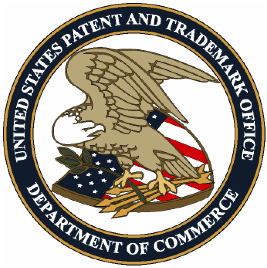Kodak has won a small victory in its ITC case against Apple and Research in Motion (RIM) this week. The case alleges that device’s manufactured by Apple and RIM infringe on Kodak’s picture preview patent. The initial determination by the ITC earlier this year was that the Kodak patent was not valid in relation to the technology used in Blackberries and iPhones.
However, upon review the ITC made some changes to the initial decision and called for a new analysis of the case. Kodak has painted this development as a victory in a recent press release, but experts say that the company may be celebrating prematurely because the ITC judge could once again end up ruling in favor of Apple and RIM in the case review. That final decision will be announced August 30.
As a result of these unresolved claims, Eastman Kodak Co (EK) fell 14 percent in the New York stock exchange. Nonetheless, Kodak is anticipating that the ITC determination on August 30 will help the company extract up to $1 billion in licensing fees from RIM and Apple.
It is helpful to review some of the details of the initial patent case which Kodak brought against Apple and RIM for some context. The company in fact filed three separate legal actions against the two companies. The same patent for picture previews had been at issue in a case they recently settled with Samsung.
One of the three cases against Apple and RIM was filed in the ITC, while the other two are only against Apple in New York district court. One of these New York cases involves Apple’s alleged infringement of both the picture preview patent and another patent which covers technology for image processing at differing resolutions. The third case against Apple is for infringement of several other patents which cover computer program functionality. Kodak has previously enforced these patents successfully against Sun in a case back in 2004.






